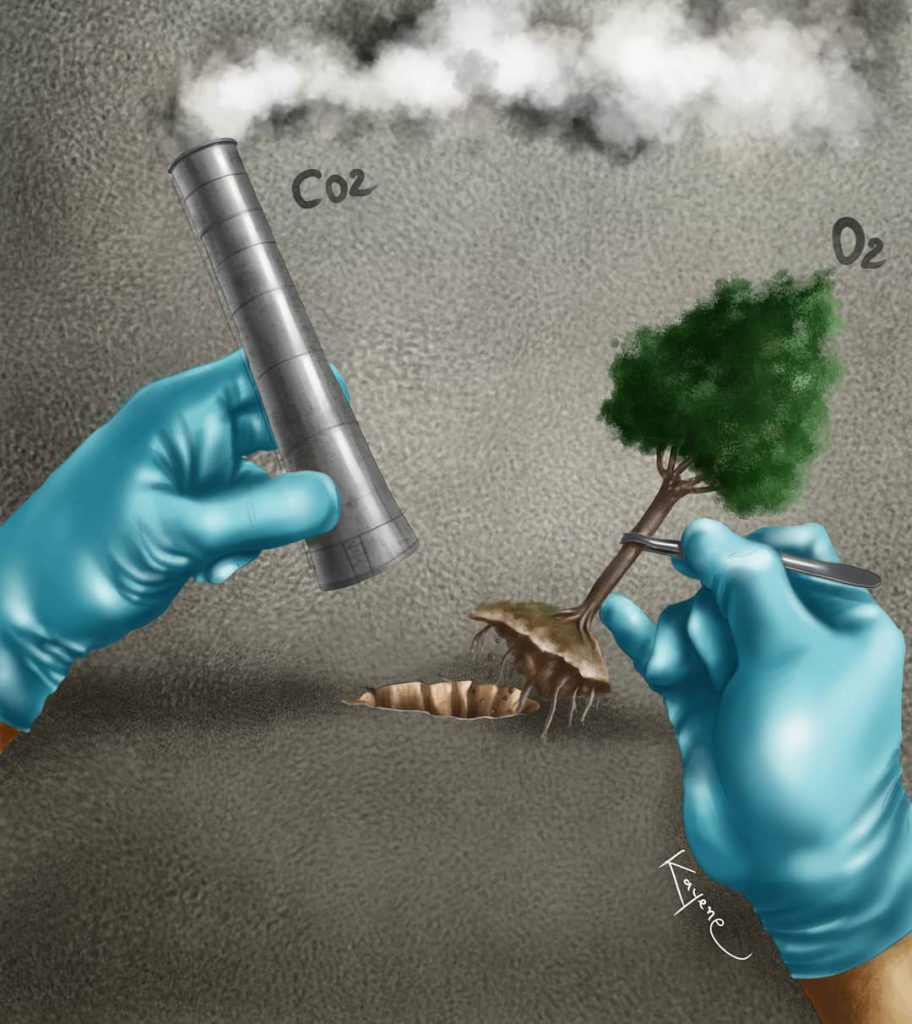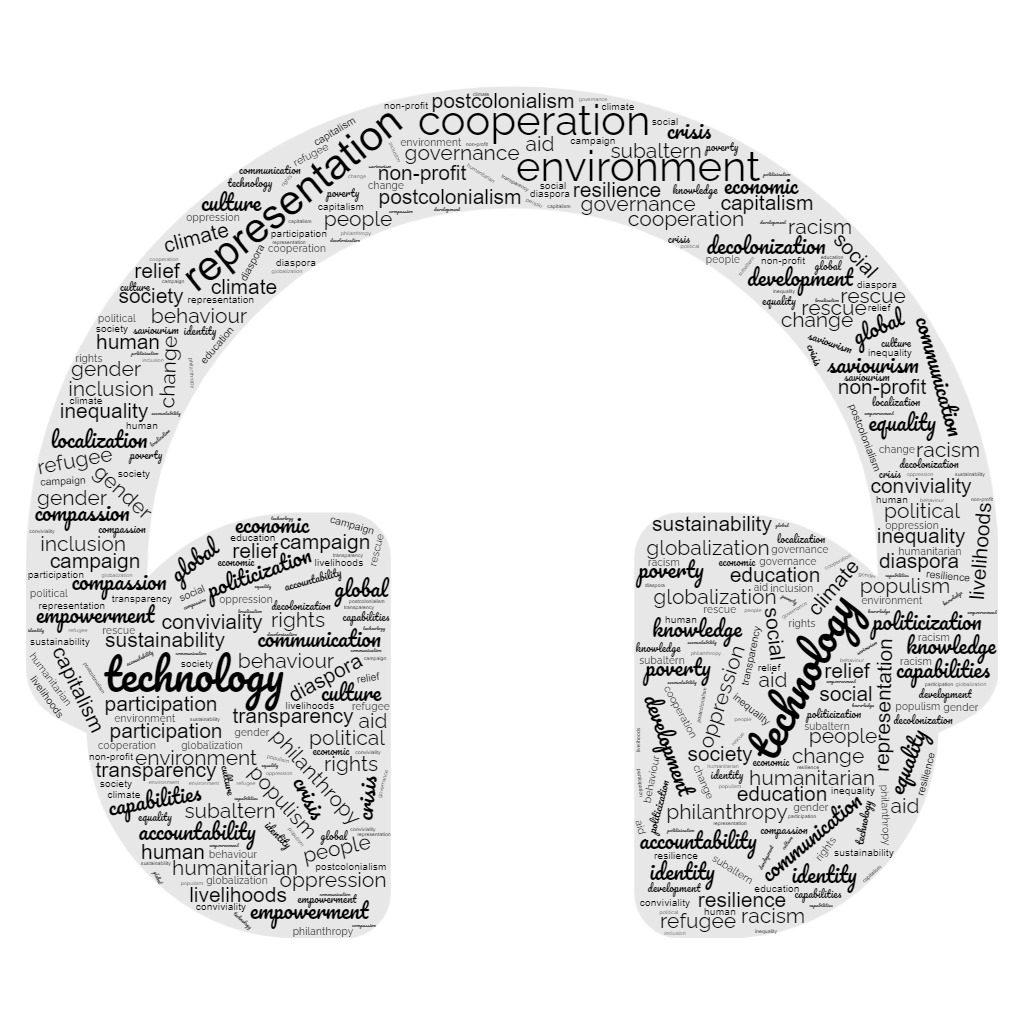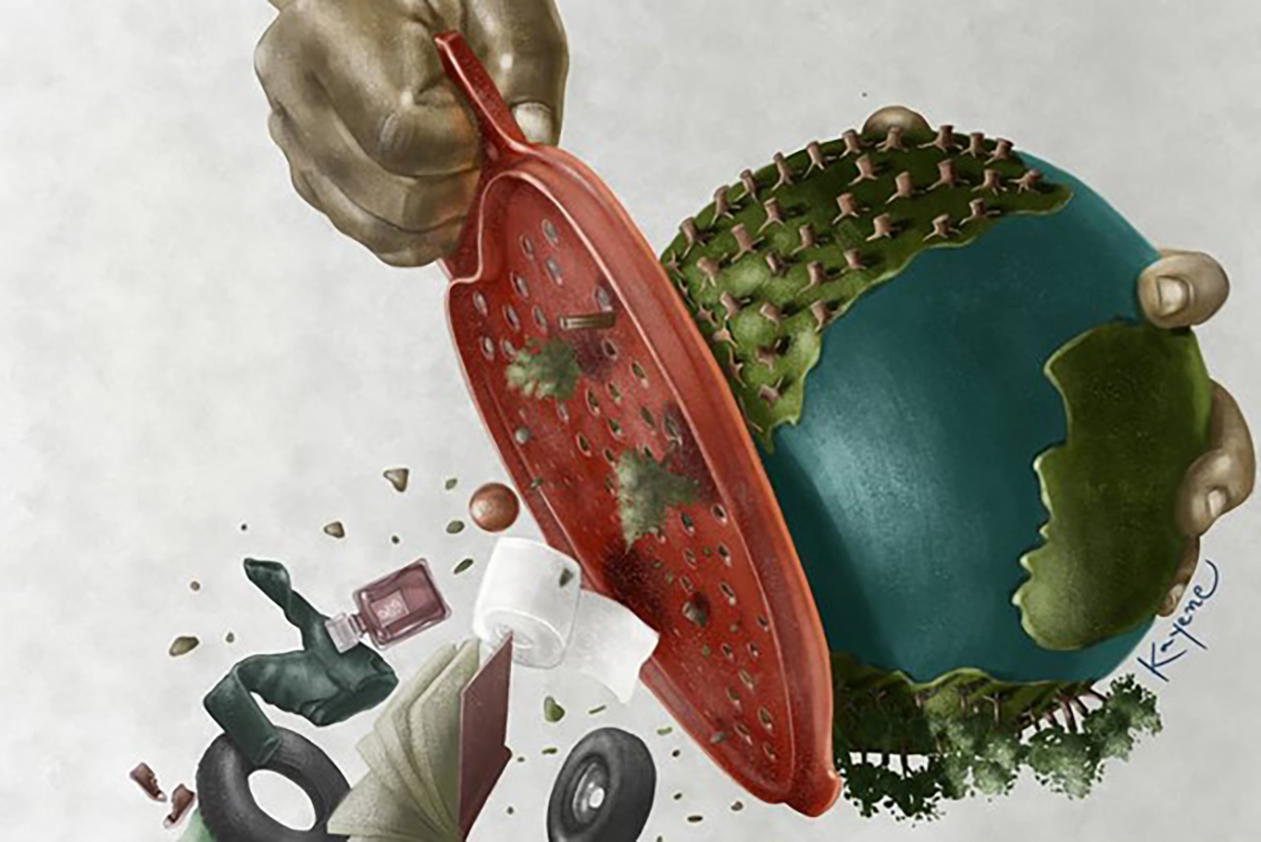#Listen to this post
It’s September 24th and I’m in the Hague, the international city of peace and justice. In collaboration with various peace and justice-focused organizations, the city organizes a series of offline and online events over a period of five weeks with the aim to offer a glimpse into the daily workings of these organizations as they champion the cause of global peace and justice. This initiative is aligned with the International Day of Peace (celebrated on September 21st), which was established in 1981 as a day dedicated to strengthening the principles of peace as proclaimed by the United Nations General Assembly. This year’s theme is “Actions for Peace: Our Aspiration for the #GlobalGoals.” As outlined on the UN’s website, “It is a call to action that recognizes our individual and collective responsibility to foster peace. Fostering peace contributes to the realization of the Sustainable Development Goals (SDGs) and achieving the Sustainable Development Goals will create a culture of peace for all.”[1]
Back to the Hague. Because rather than scrolling through the UN’s website and reading about World Peace Day, I am more interested in how this is translated into actual action from below. As I am particularly interested in the role of art in social activism, an exhibition organized by human rights organization Justice & Peace soon caught my eye. Justice & Peace is a non-profit organization that believes local agents of change play a vital role in upholding human rights and fostering social justice. Their efforts centre on amplifying the influence of individuals dedicated to peaceful advocacy for causes such as equality, freedom of expression, refugee rights and the environment.[2]
Today, the organization has opened its doors for people to visit the exhibition “My Point, your View”, which shows the powerful artworks of cartoonist Yves Kulondwa from the Democratic Republic of Congo (DRC). Kulondwa calls himself an ‘artivist,’ melding the realms of art and activism into a unified mission. With his thought-provoking cartoons infused with contemporary symbolism and satire, he aims to unite people, facilitate dialogues on climate change and other social issues and encourage people to think about solutions to move forward. Kulondwa is one of the current participants of the Justice & Peace’s Artists’ Safe Haven initiative. Driven by the belief that art and culture constitute fundamental elements of a safe and just world, the Artists’ Safe Haven initiative was established with the purpose of providing support and safeguarding for local and grassroots artists who are at risk because of their work and activism. Through its provision of temporary relocation and tailormade support, Justice & Peace is dedicated to ensuring the safety of these artists, allowing them “to continue their work, reclaim artistic and civil space, speak out against injustice and contribute to creating a fairer world.” [3]

One of Kulondwa’s works at the exhibition
Throughout human history, art has always functioned as an instrument for social activism. From ancient cave paintings illustrating battles between different communities to modern graffiti echoing societal unrest, art has been a timeless conduit for expressing dissent, hope, and calls for change. Thanks to the rise of social media platforms, people nowadays have the opportunity to share their work with global audiences, transcending geographic boundaries and creating an interconnected artistic community. At the same time, artists have also become more vulnerable than ever. People across the globe living in countries lacking freedom of expression, including in the Democratic Republic of Congo, often pay a steep price for their acts of resistance. They are faced with consequences such as censorship, violence, imprisonment and sometimes even death.
Despite knowing he was putting himself in danger, about a decade ago Kulondwa decided to use his art to speak out after he was faced with the severe consequences of climate change. Climate change had always felt like a ‘European’ problem to him, but suddenly his country was dealing with extreme heat waves, failed harvests and the extinction of flora and fauna.[4] Soon, it became his mission to confront the world and to make the people around him aware of the problem:
“Most Congolese live in remote villages and don’t have access to good education. I want to be a bridge between climate science and ordinary people. With my cartoons I want to explain to them what is going on and how they can adapt their lives.”
He started sharing his cartoons on his social media platforms, and soon started publishing in regional newspapers. But the more popular his work became, the more danger he faced. Although Kulondwa was never save in Congo since he first started publishing, things really started to get dangerous only recently. When the Congolese Ministry of Environment wanted to sell a large area of rainforest to the logging industry, Greenpeace Africa asked Kulondwa to make a series of cartoons as a response to it. The campaign was successful and after much criticism the ministry backed down.

One of Kuldonwa’s artworks for Greenpeace Africa
Kulondwa proofed that he could make the leaders of his country listen through his art, by exposing the world with their harmful deeds in his cartoons. But for Kulondwa it did not end here: he soon started receiving anonymous threats and ended up being poisoned. Although there are no exact numbers, it is known that every year countless artists around the world are killed by their own governments for speaking out against them. Luckily, Kulondwa survived.
Here in the Hague, the Justice & Peace’s Artists’ Safe Haven offers him a safe space to take some rest, but Kulondwa does not sit still. Besides the exhibition, Kulondwa is selling prints and expanding his networks to raise money for his latest project which aims to support the new generation of artists in Congo. In one month he will be heading home again, where he wants to continue his activism and continue to share his knowledge and experience with young artists: “In the future I hope to set up an animation studio. With animated videos we can reach many more people. There are so many stories to tell about Congo.”
As I am standing in this room admiring Kulondwa’s art works, my thoughts gravitate towards the countless individuals globally who are risking their lives, yet courageously continue to raise their voices through their art works. Kulondwa’s story serves as yet another proof of the important role of art in activism and how it can make people listen, from those here in this room who share my admiration to the leaders in his homeland. As such, Kulondwa not only confronts us with the severity of the issues reflected in his cartoons, but also makes us realize that the fight for a peaceful and just world, in which every individual is free to express himself, is not over yet.
[1] https://www.un.org/en/observances/international-day-peace
[2] https://justpeacethehague.com/en/page/about-just-peace
[3] https://justiceandpeace.nl/en/initiatives/artists-safe-haven-initiative/
[4] https://www.denhaagcentraal.net/internationaal/bedreigde-congolese-cartoonist-kayene-komt-op-adem-in-den-haag/
Don’t want to read? Listen to this post here:

